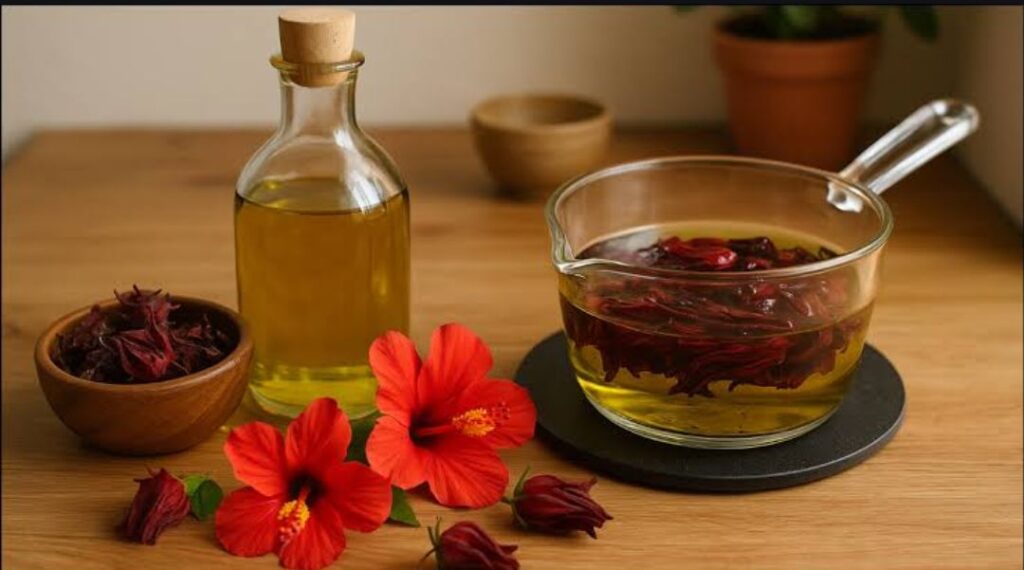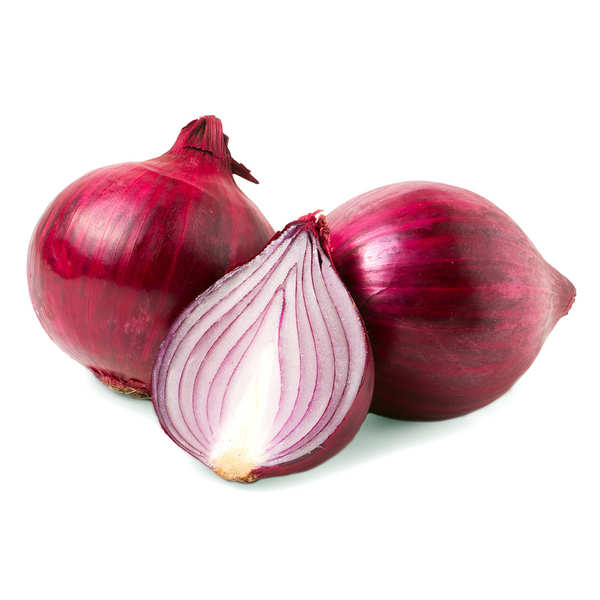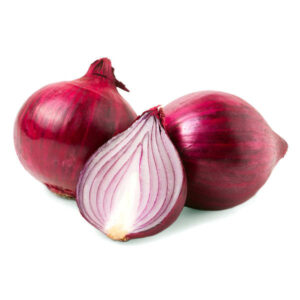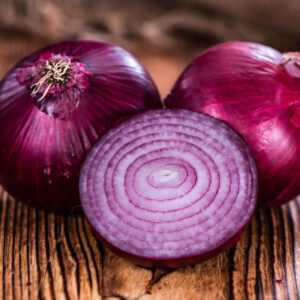गुड़हल के फूलों से घर पर बनाएं पोषक तेल – बालों के लिए सम्पूर्ण आयुर्वेदिक समाधान
आज के आधुनिक युग में बालों का गिरना, असमय सफेद होना और कमजोर होकर टूटना एक बड़ी समस्या बन गई है। लोग महंगे-महंगे रासायनिक उत्पादों में समाधान ढूंढते हैं, लेकिन इनसे समस्या कुछ समय के लिए ही कम होती है। लंबे समय तक बालों की सेहत को बनाए रखने के लिए आयुर्वेदिक और पारंपरिक उपाय सबसे प्रभावशाली होते हैं। गुड़हल का फूल (Hibiscus Flower) उन्हीं प्राकृतिक तत्वों में से एक है, जिसका उपयोग सदियों से भारत में बालों की सुंदरता और मजबूती के लिए किया जाता रहा है। गुड़हल में भरपूर मात्रा में एंटीऑक्सीडेंट्स, अमीनो एसिड, विटामिन सी और फ्लेवेनॉइड्स पाए जाते हैं। ये तत्व बालों की जड़ों को पोषण देते हैं, उनका समय से पहले सफेद होना रोकते हैं और बालों को घना तथा चमकदार बनाते हैं। इस ब्लॉग में हम जानेंगे कि घर पर ताजे गुड़हल के फूलों से कैसे शुद्ध और असरदार तेल तैयार किया जाता है।गुड़हल के फूलों से घर पर बनाएं पोषक तेल…

गुड़हल का तेल बालों के लिए एक सम्पूर्ण औषधि माना जाता है। इसके अनेक लाभ हैं जो इसे रोजमर्रा की हेयर केयर रूटीन में शामिल करना जरूरी बनाते हैं।

गुड़हल में मौजूद पोषक तत्व हेयर फॉलिकल्स को पुनर्जीवित करते हैं और बालों की जड़ों को मजबूत बनाते हैं। इससे बाल टूटने और झड़ने की समस्या धीरे-धीरे कम होती है।

गुड़हल का तेल नियमित लगाने से बालों का प्राकृतिक काला रंग बरकरार रहता है। इसमें प्राकृतिक रंजक होते हैं जो पिग्मेंटेशन सुधारने में मदद करते हैं।

यह तेल एंटी-बैक्टीरियल गुणों से भरपूर होता है, जो डैंड्रफ, खुजली और संक्रमण को कम करता है।

नियमित उपयोग से बाल घने और मुलायम हो जाते हैं। उनकी प्राकृतिक चमक लौट आती है।

गुड़हल तेल बालों की जड़ों में रक्त संचार बढ़ाता है जिससे बाल तेजी से बढ़ते हैं।
घर पर गुड़हल का तेल बनाने की आसान विधि
आवश्यक सामग्री
ताजे गुड़हल के फूल – 8–10 फूल
गुड़हल के पत्ते – 10–12
नारियल का तेल – 250 मिली
कांच की बोतल या जार – स्टोरेज के लिए
बनाने की प्रक्रिया
1. सबसे पहले फूलों और पत्तों को साफ पानी में अच्छी तरह धो लें।
2. इन्हें 15 मिनट के लिए कपड़े पर रखकर सुखा लें।
3. अब एक कड़ाही में नारियल का तेल डालें और हल्का गर्म करें।
4. जैसे ही तेल थोड़ा गर्म हो जाए, उसमें फूल और पत्ते डालें।
5. धीमी आंच पर फूलों को पकाएं। धीरे-धीरे तेल का रंग बदलने लगेगा और फूल सिकुड़ने लगेंगे।
6. तेल को 15–20 मिनट पकाने के बाद गैस बंद कर दें।
7. तेल को कमरे के तापमान पर ठंडा होने दें।
8. 6–8 घंटे बाद इसे छान लें और एक कांच की बोतल में भर लें।
इस तरह घर में बना पोषक तेल तैयार हो जाएगा। इसे 4–6 महीने तक आराम से स्टोर किया जा सकता है।
गुड़हल के तेल को लगाने का सही तरीका
गुड़हल का तेल लगाने का सर्वोत्तम तरीका यह है कि इसे रात में बालों में लगा कर छोड़ दें। इससे पोषक तत्व बालों की जड़ों तक पूरी तरह पहुंचते हैं।
लागू करने की विधि
1. बालों की जड़ों में हल्के हाथ से मसाज करें।
2. पूरी स्कैल्प पर तेल को समान रूप से फैलाएं।
3. बालों को हल्के कपड़े से ढक लें।
4. अगली सुबह माइल्ड शैम्पू से बाल धो लें।
यदि आप रात में न लगाना चाहें, तो नहाने से 1–2 घंटे पहले भी यह तेल लगा सकते हैं।
गुड़हल तेल के अन्य उपयोग
हेयर मास्क के रूप में
गुड़हल के फूलों को पीसकर पेस्ट बनाएं और बालों में लगाएं। 30–60 मिनट बाद धो लें।
गुड़हल पाउडर का उपयोग
बाजार में मिलने वाला गुड़हल पाउडर नारियल तेल में मिलाकर 20–30 मिनट तक बालों में लगाएं।
मेथी और करी पत्ता के साथ मिश्रण
गुड़हल, मेथी और करी पत्ते को एक साथ पकाकर तेल बनाएं और सप्ताह में दो बार उपयोग करें।
स्प्रे के रूप में
फूलों को पानी में उबालकर छान लें। इस पानी को स्प्रे बोतल में भरकर बालों पर छिड़कें।
—
गुड़हल तेल से जुड़े उपयोगी सुझाव
✅ तेल हमेशा कांच की बोतल में ही रखें।
✅ इसे ठंडी और सूखी जगह पर स्टोर करें।
✅ सप्ताह में कम से कम 2 बार उपयोग करें।
✅ माइल्ड शैम्पू का ही उपयोग करें।
✅ रात में लगाने पर सर्वोत्तम परिणाम मिलते हैं।
—
निष्कर्ष
गुड़हल का तेल बालों के लिए प्रकृति का दिया एक अनमोल तोहफा है। यह बालों की जड़ों को पोषण देता है, स्कैल्प को स्वस्थ बनाता है और बालों में प्राकृतिक घनत्व तथा चमक लाता है। इसके नियमित उपयोग से असमय सफेद बालों की समस्या, बालों का झड़ना और कमजोर होना दूर हो सकता है।
यदि आप चाहते हैं कि आपके बाल लंबे समय तक घने, काले और मजबूत बने रहें, तो इस पारंपरिक उपाय को अपनी हेयर केयर रूटीन में अवश्य शामिल करें।



 Table of Contents –
Table of Contents –  Benefits of Using Sunscreen Daily
Benefits of Using Sunscreen Daily What to Look for in a Good
What to Look for in a Good  Top 5 Best Sunscreens in 2025
Top 5 Best Sunscreens in 2025 How to Apply Sunscreen the Right Way
How to Apply Sunscreen the Right Way Best Sunscreen Based on Skin Type
Best Sunscreen Based on Skin Type Trending Ingredients in 2025 Sunscreens
Trending Ingredients in 2025 Sunscreens Top SEO Tags to Rank This Blog
Top SEO Tags to Rank This Blog Final Thoughts & Expert Tips
Final Thoughts & Expert Tips Call to Action – Stay Protected, Stay Beautiful
Call to Action – Stay Protected, Stay Beautiful



 Reduces Hair Fall
Reduces Hair Fall Treats Dandruff & Scalp Infections
Treats Dandruff & Scalp Infections Adds Shine & Softness
Adds Shine & Softness Prevents Premature Greying
Prevents Premature Greying Ingredients:
Ingredients: प्याज शैम्पू के फ़ायदे: बालों की देखभाल में एक आयुर्वेदिक समाधान आज के समय में बालों की समस्याएं आम हो गई हैं — झड़ना, सफेद होना, डैंड्रफ आदि। ऐसे में प्याज शैम्पू (Onion Shampoo) एक प्रभावशाली और प्राकृतिक विकल्प बनकर उभरा है। इसमें मौजूद सल्फर, एंटीऑक्सीडेंट्स और विटामिन्स बालों की जड़ों को पोषण देकर उन्हें
प्याज शैम्पू के फ़ायदे: बालों की देखभाल में एक आयुर्वेदिक समाधान आज के समय में बालों की समस्याएं आम हो गई हैं — झड़ना, सफेद होना, डैंड्रफ आदि। ऐसे में प्याज शैम्पू (Onion Shampoo) एक प्रभावशाली और प्राकृतिक विकल्प बनकर उभरा है। इसमें मौजूद सल्फर, एंटीऑक्सीडेंट्स और विटामिन्स बालों की जड़ों को पोषण देकर उन्हें मुख्य सक्रिय घटक (Ingredients)
मुख्य सक्रिय घटक (Ingredients) उपयोग करने का तरीका (How to Use)
उपयोग करने का तरीका (How to Use) सावधानियाँ और साइड इफेक्ट्स
सावधानियाँ और साइड इफेक्ट्स अक्सर पूछे जाने वाले सवाल (FAQs)
अक्सर पूछे जाने वाले सवाल (FAQs) निष्कर्ष (Conclusion)
निष्कर्ष (Conclusion) Read Full Details in Caption
Read Full Details in Caption और ज़्यादा जानने के लिए विज़िट करें: CosmeticGyaan.com
और ज़्यादा जानने के लिए विज़िट करें: CosmeticGyaan.com